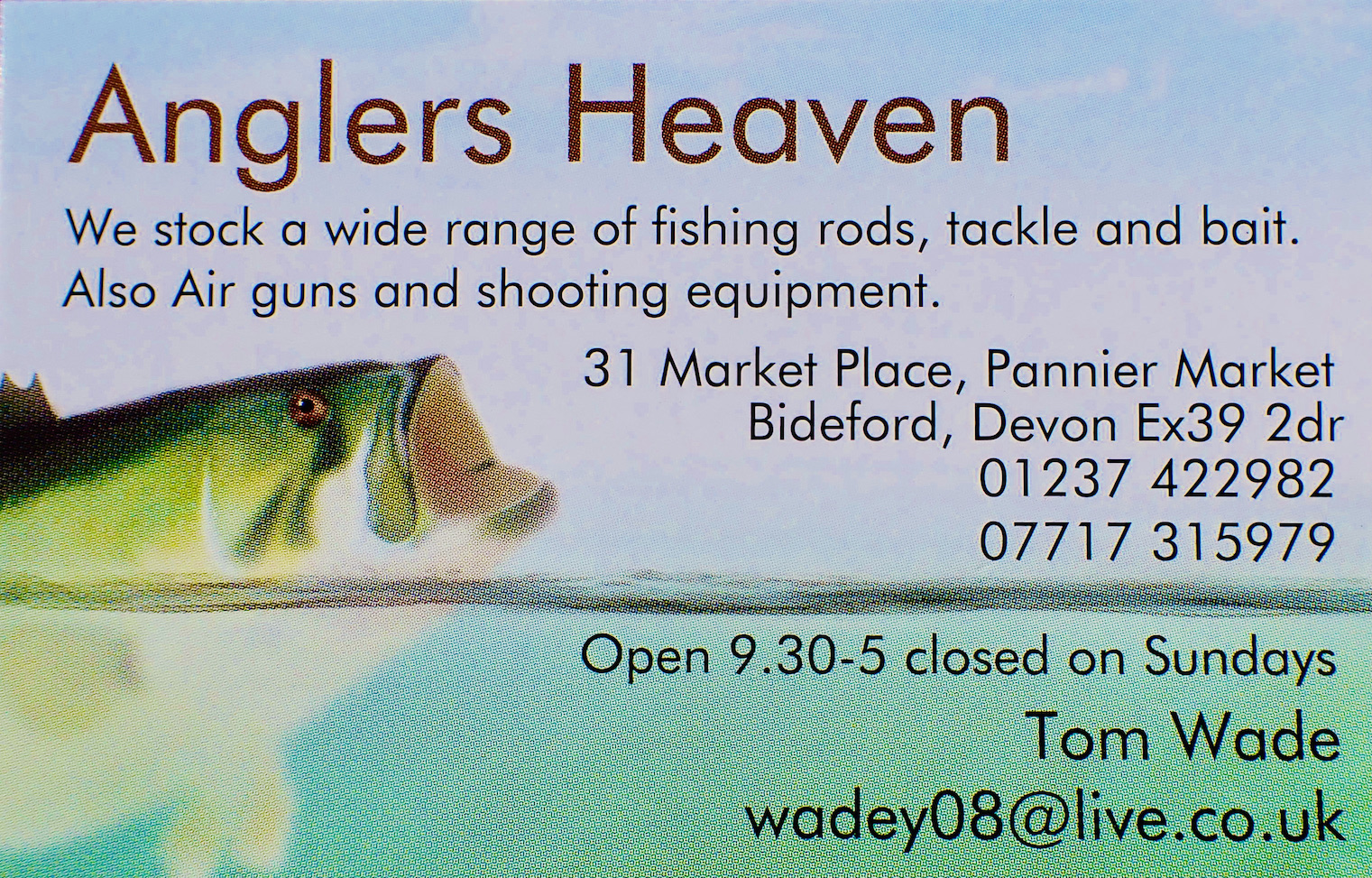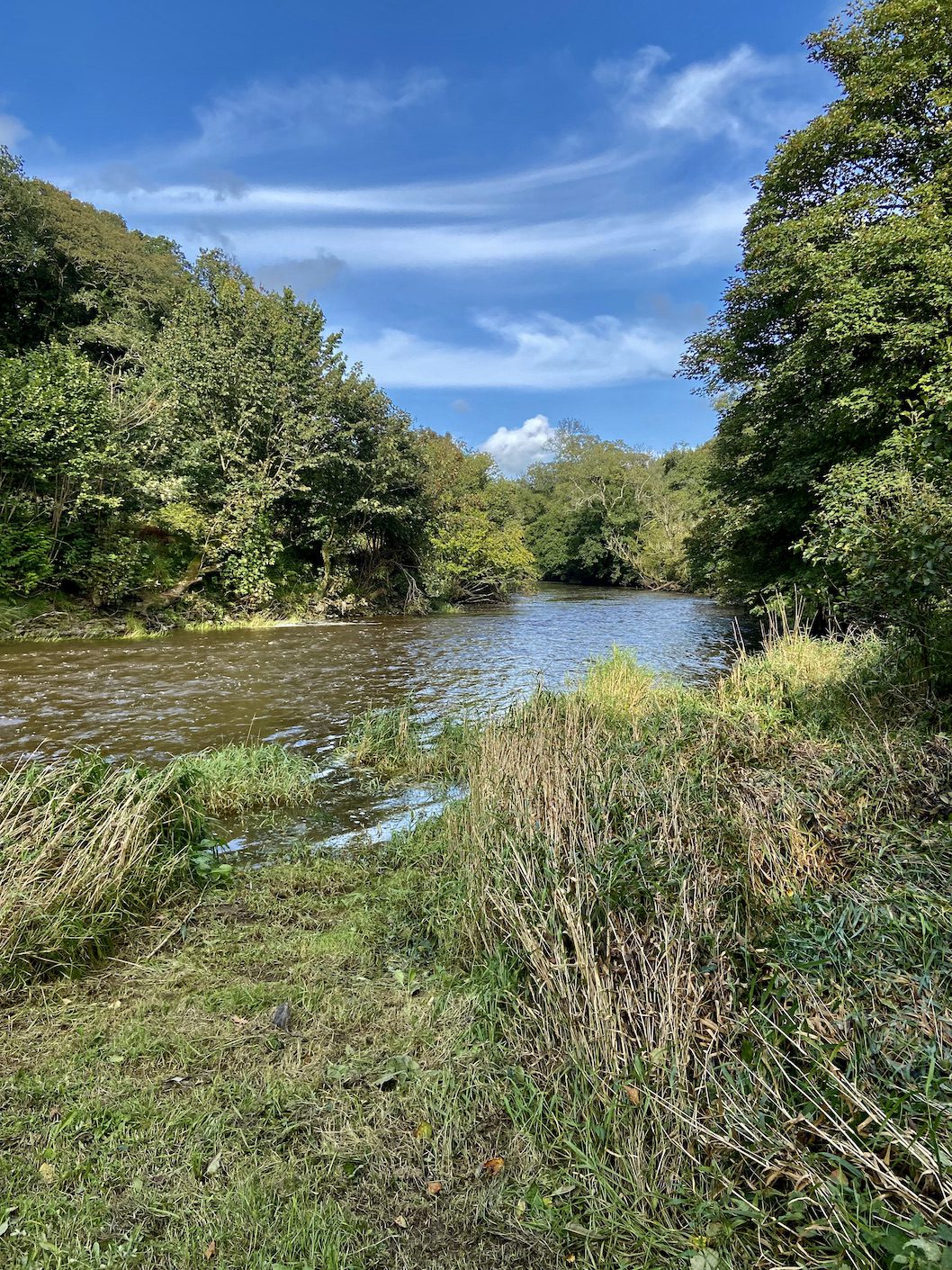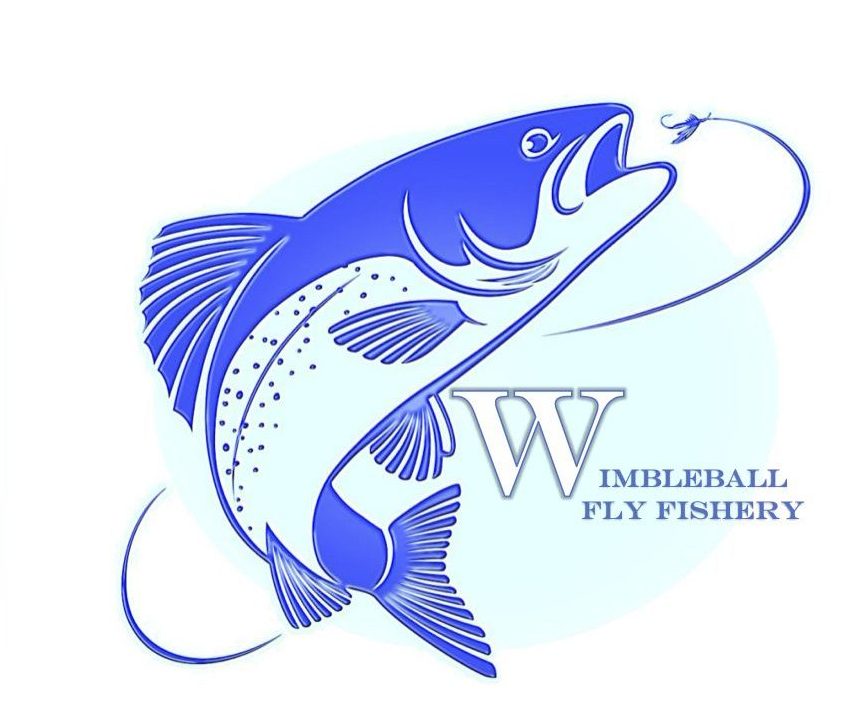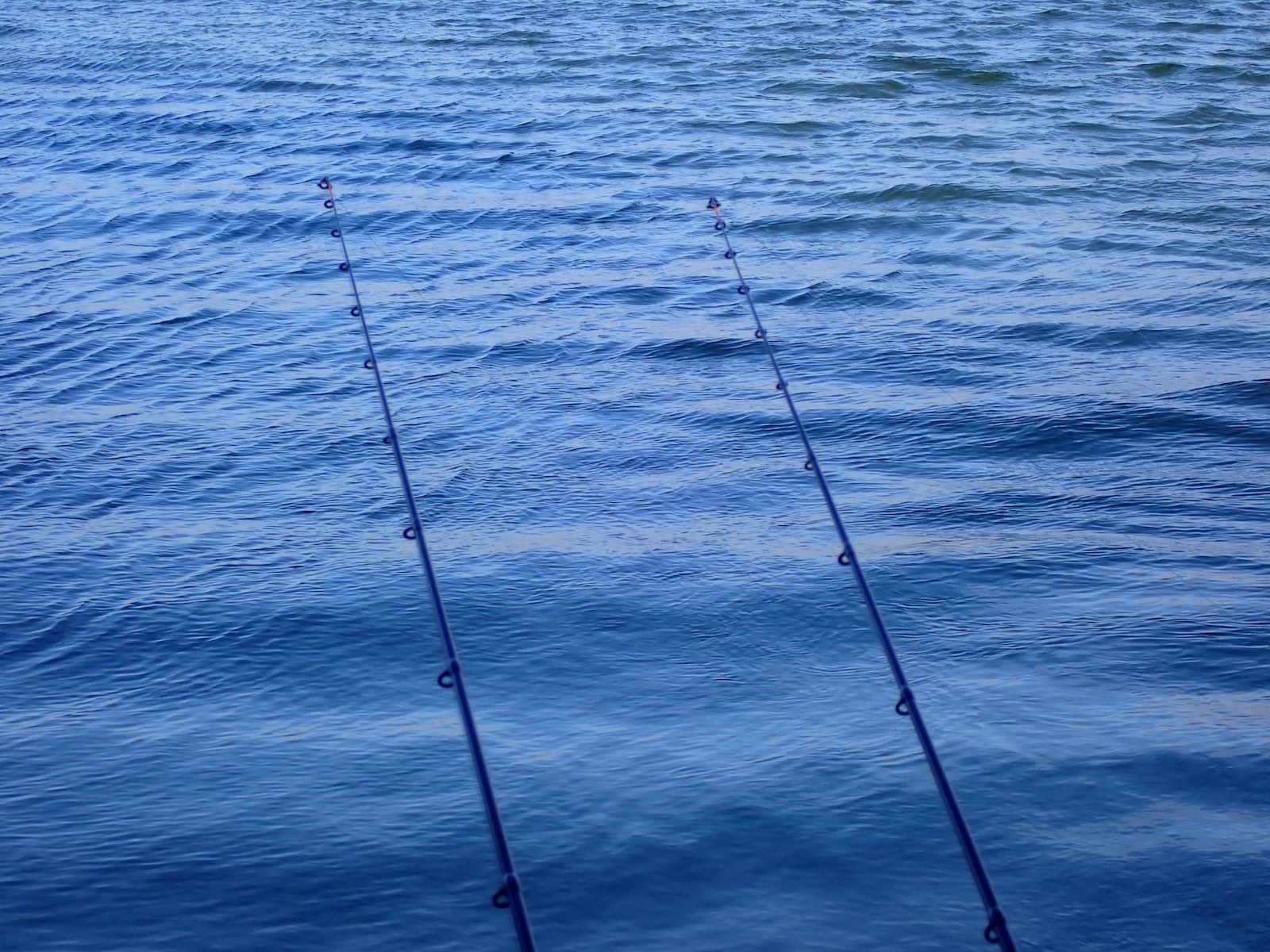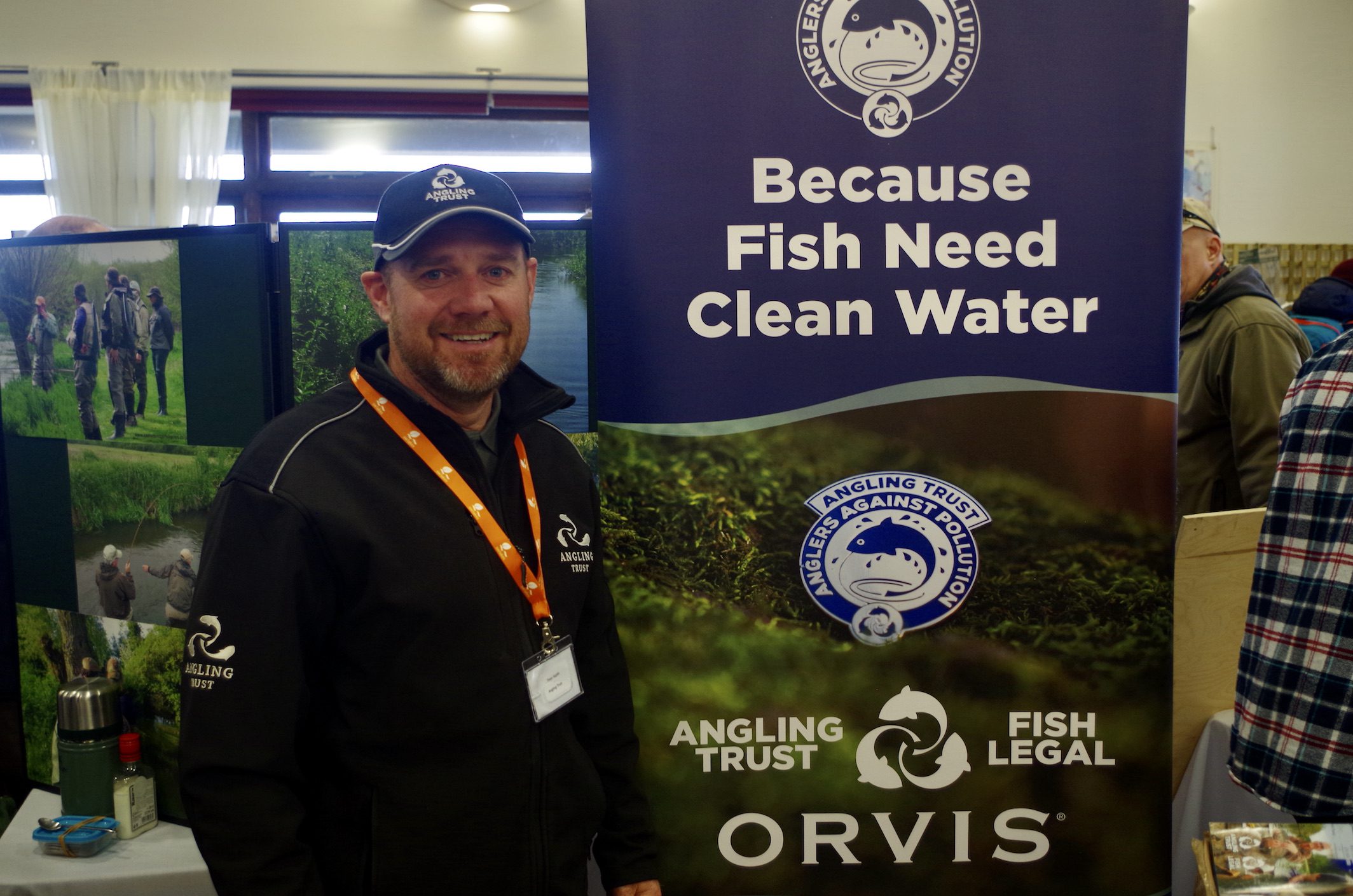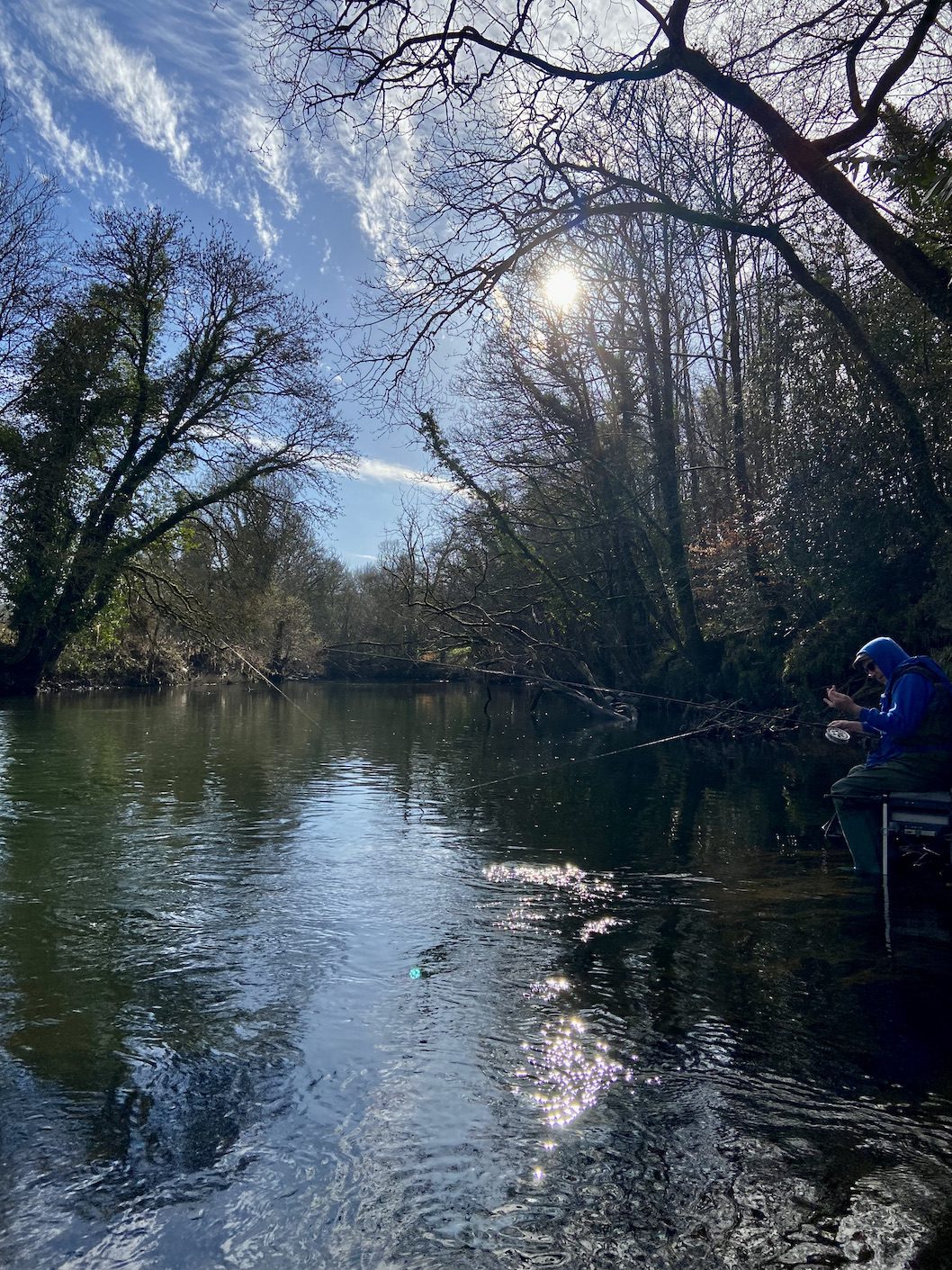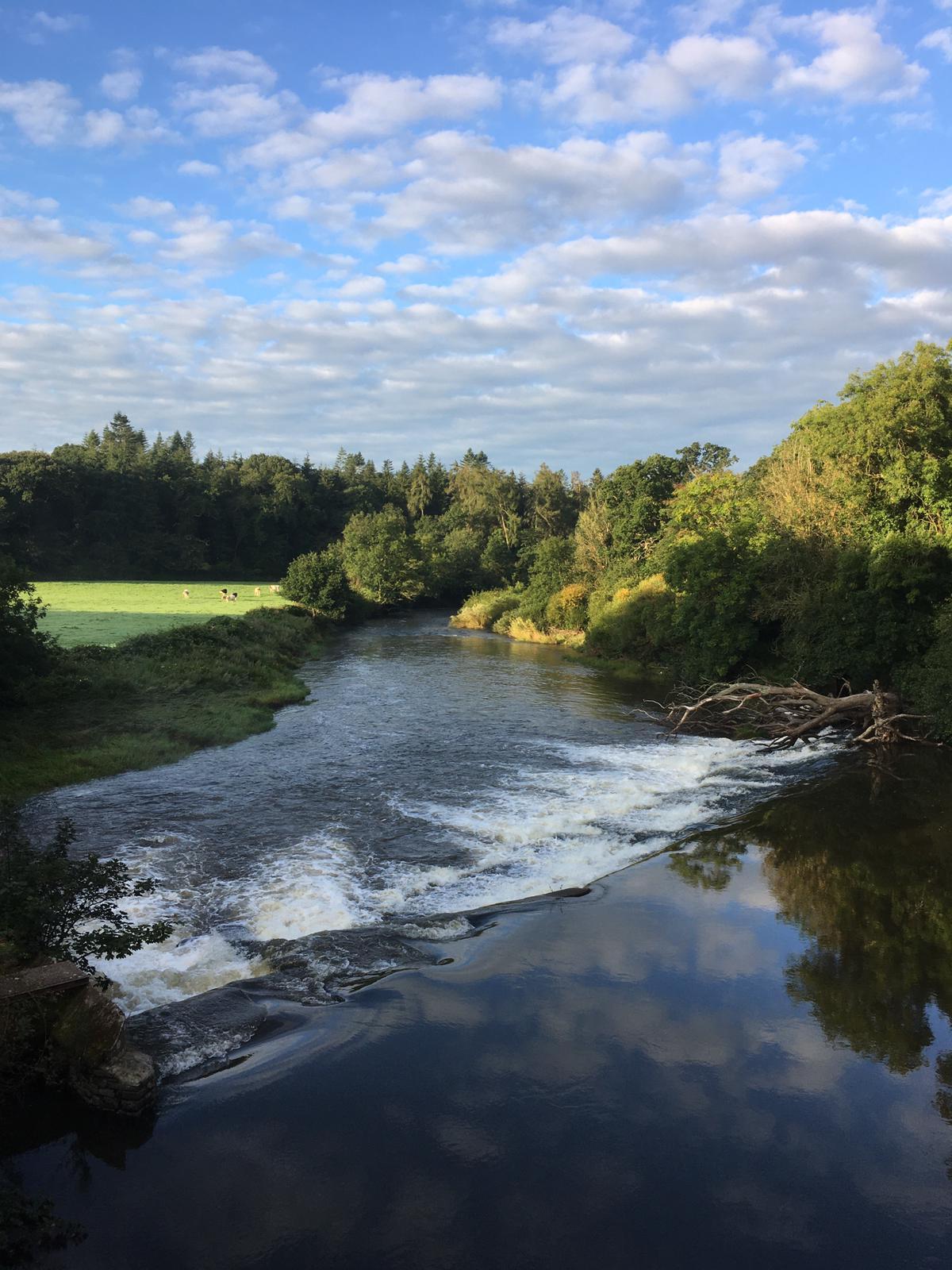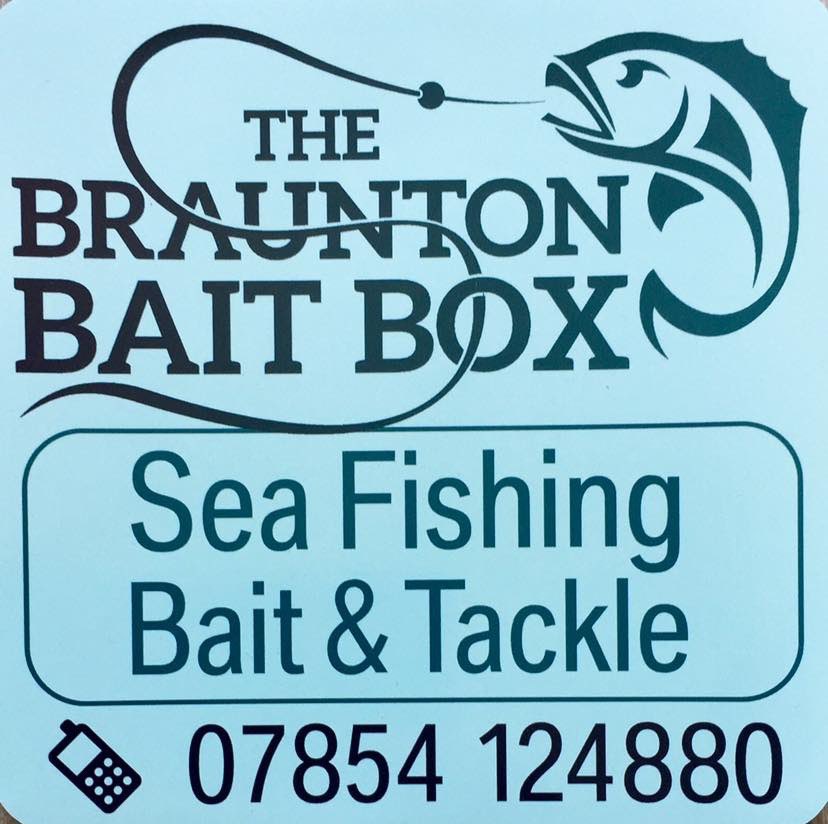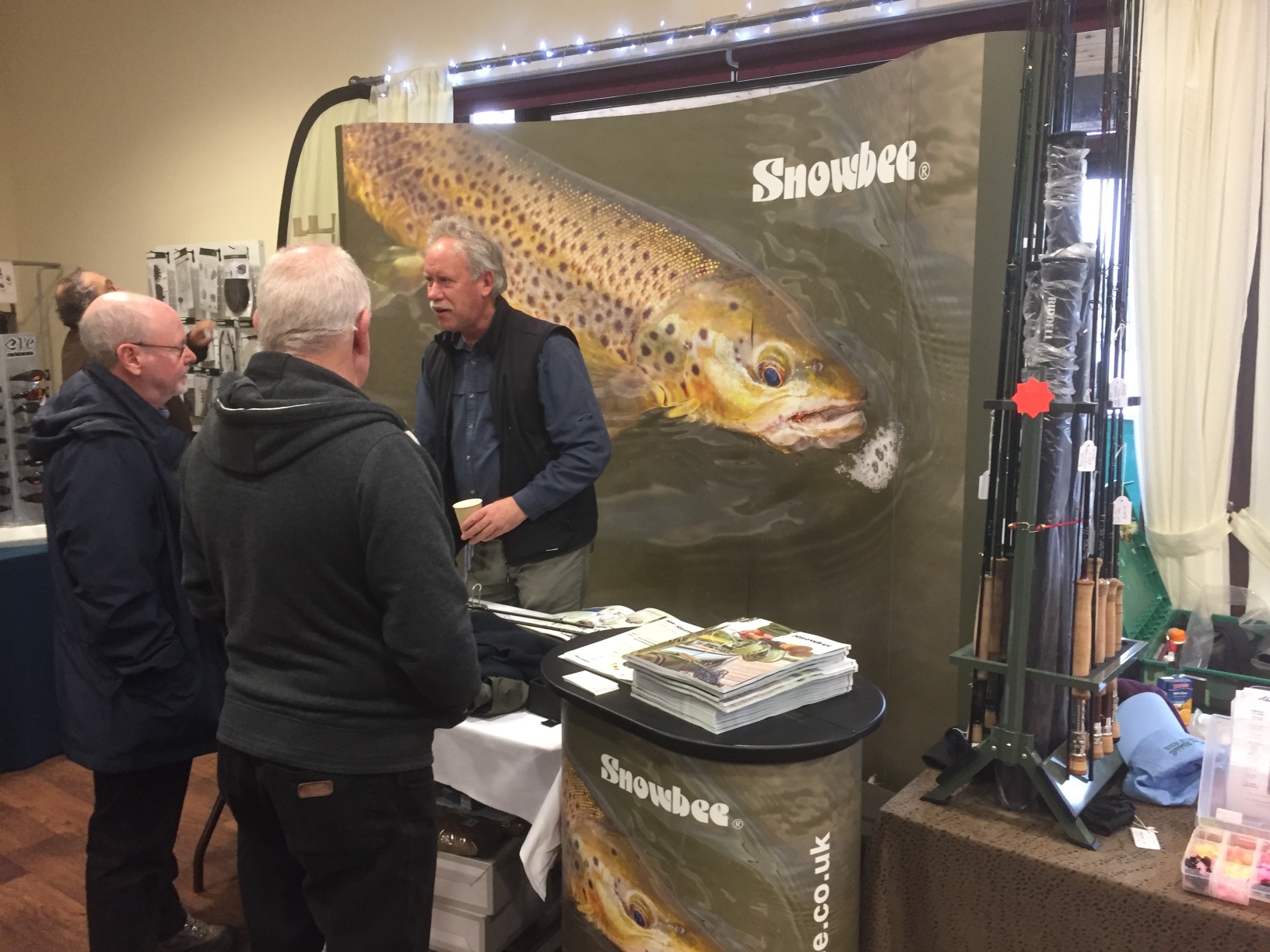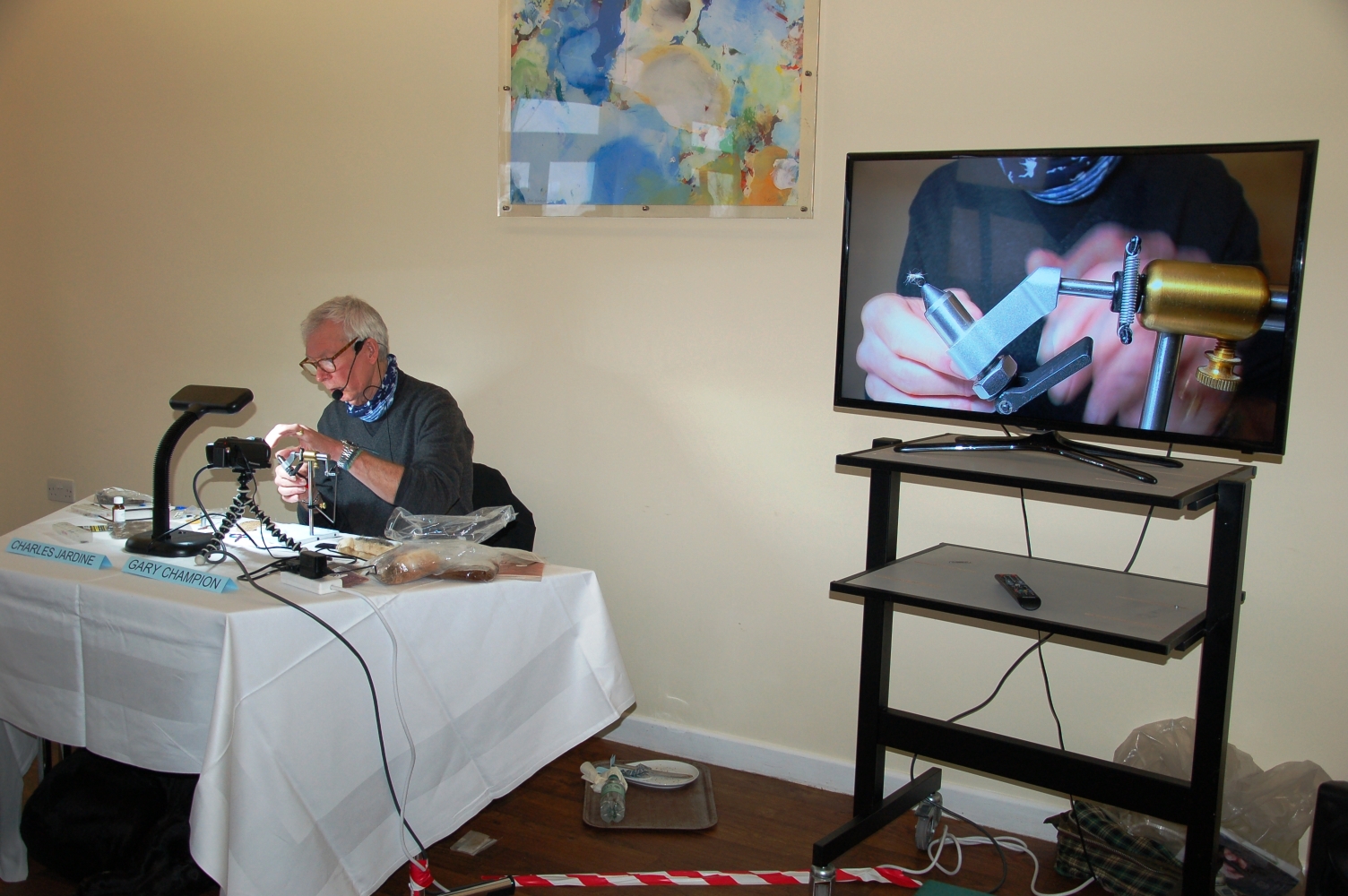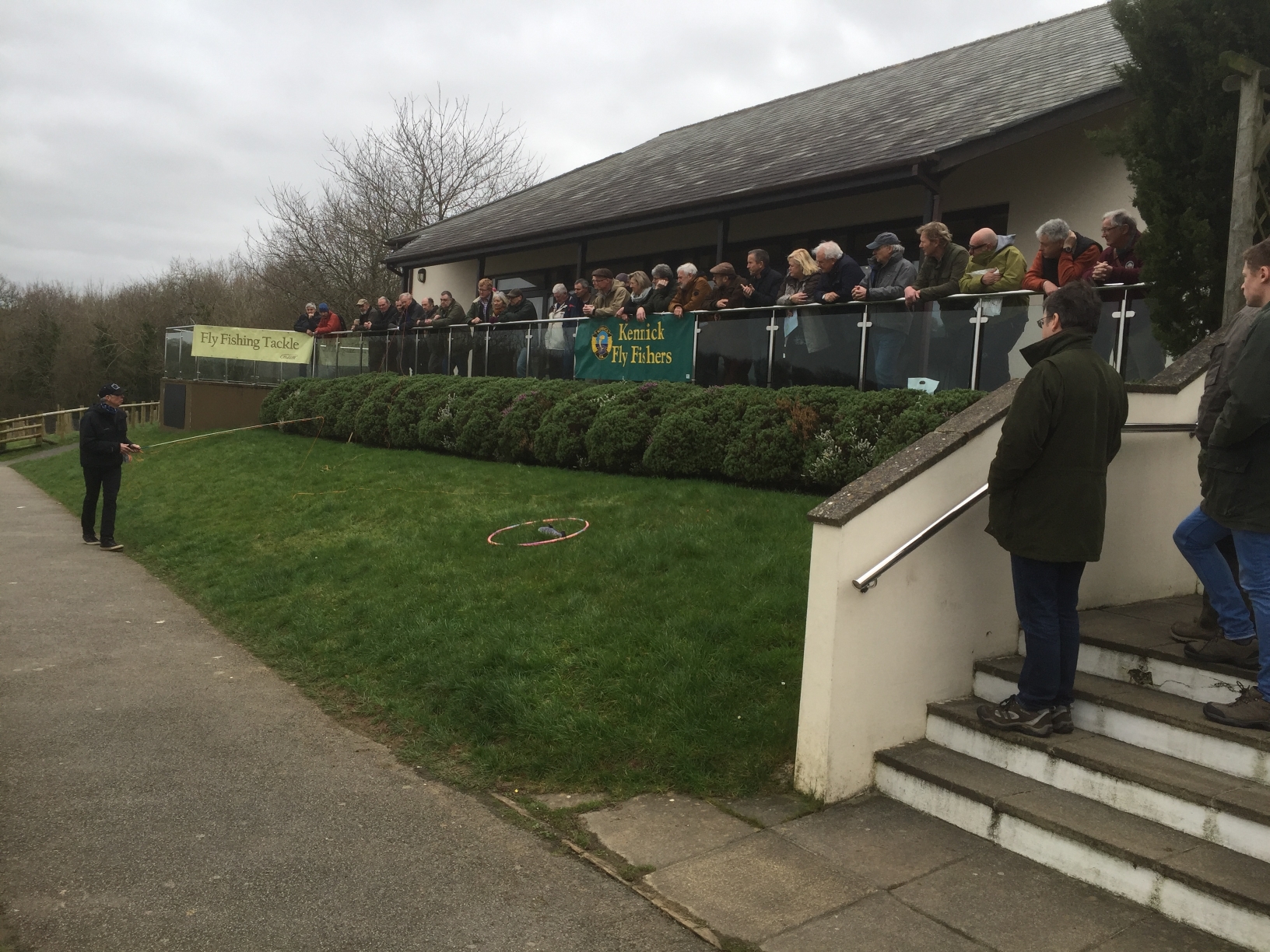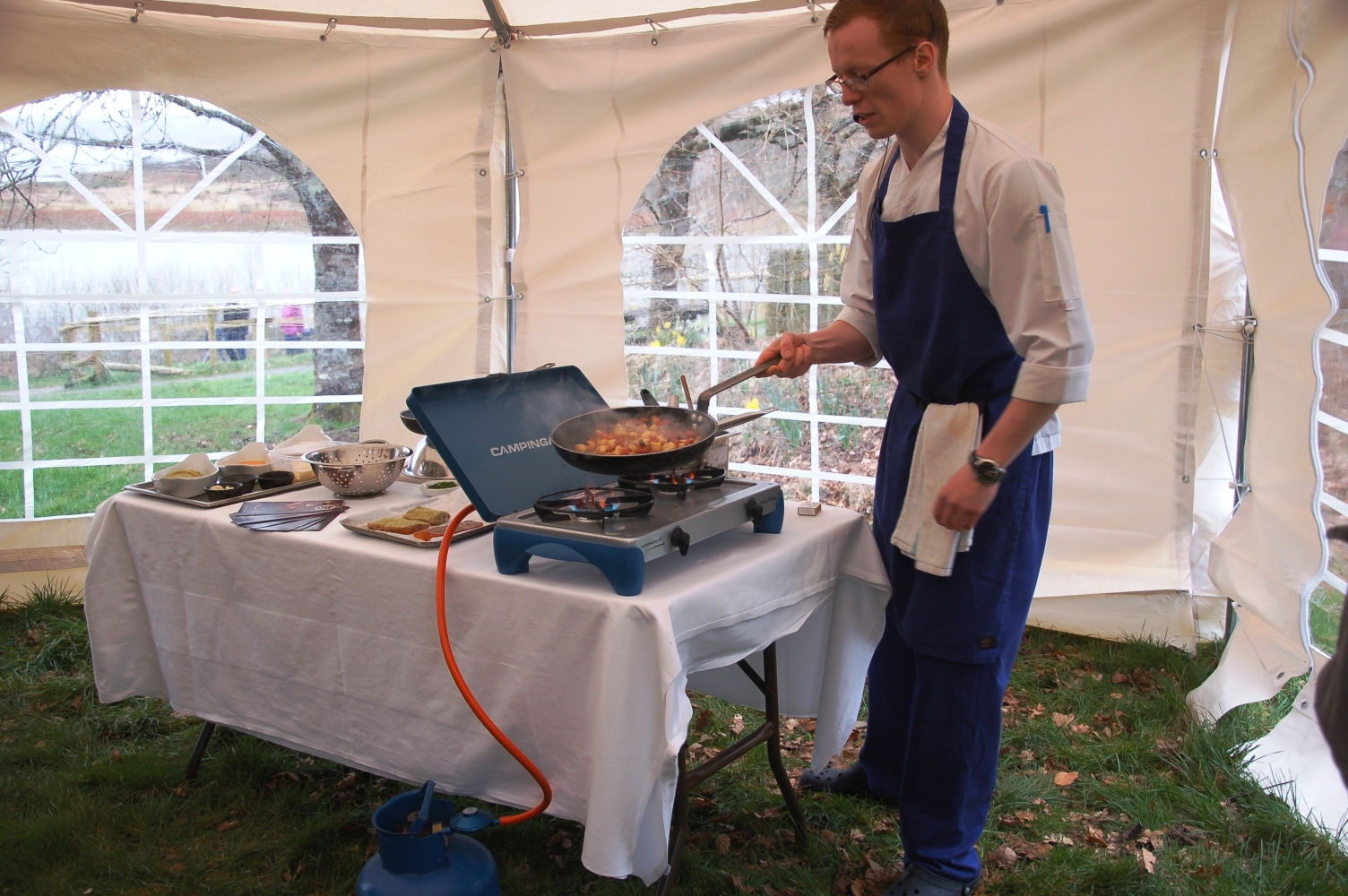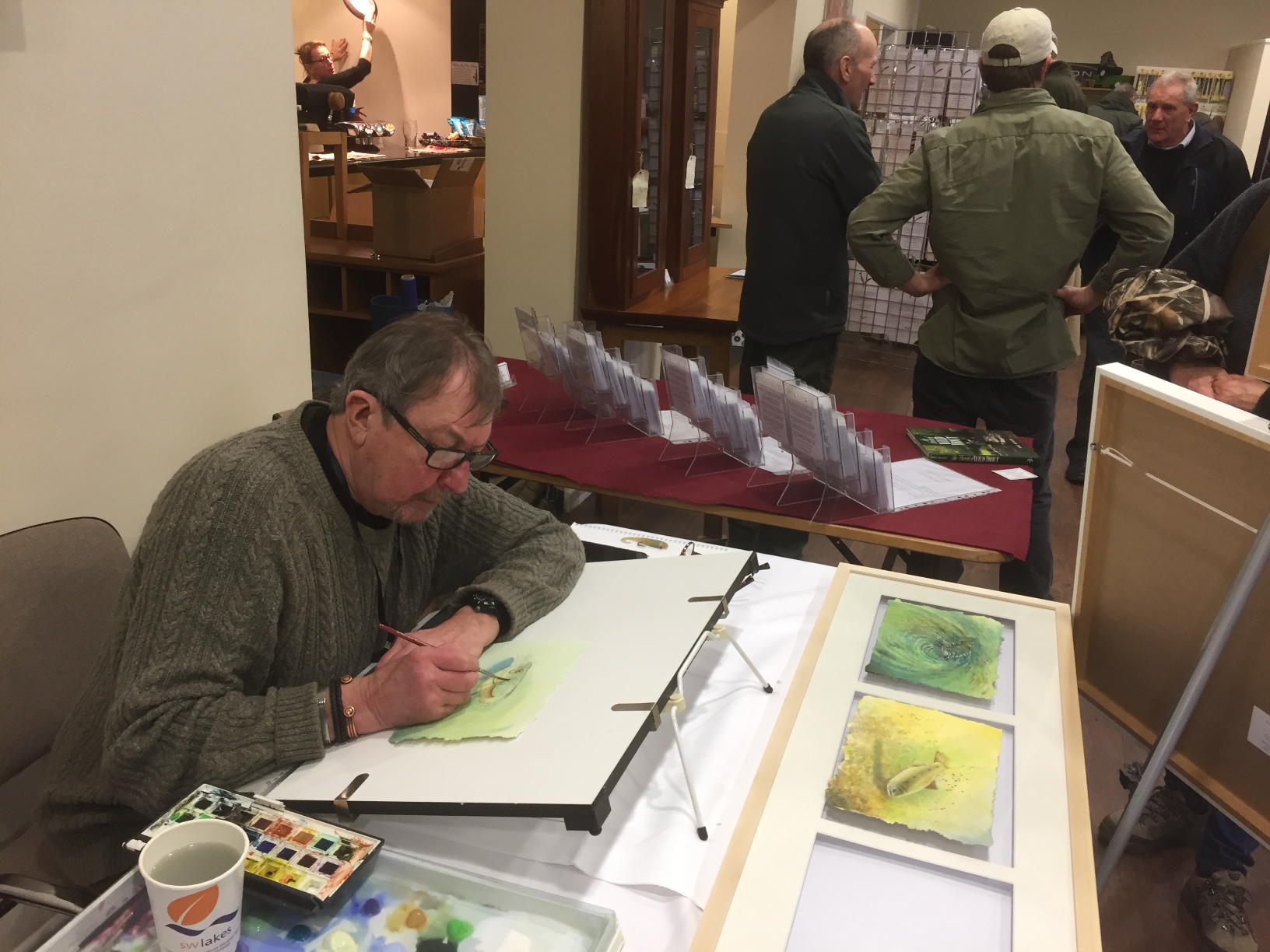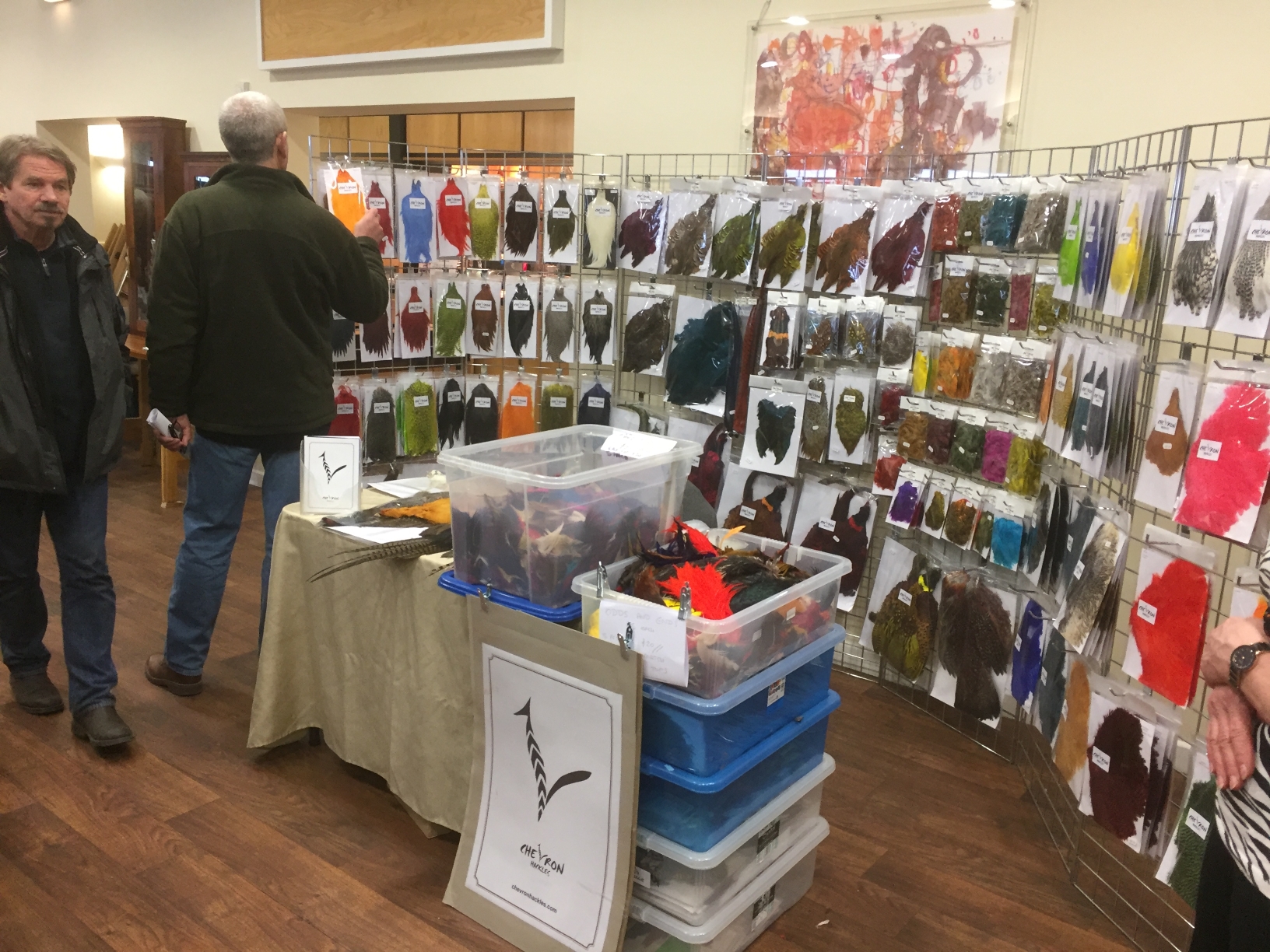South West Lakes Trout Fisheries Report
June 2023
June saw a dramatic rise in water and air temperatures, with plenty of bright sunshine and very little rain, with the trout retreating to deeper waters on many of the reservoirs, and in many cases not so eager to feed, which made the fishing challenging, and anglers needed to be flexible in their approach. Boat anglers enjoyed the best of the sport.
Fishing
Kennick – The reservoir has started to fall again, down to 91% capacity by the end of the month. In spite of plenty of surface insect activity (beetles and sedges), generally the fish stayed in the deeper water, and intermediate or sinking lines fished with lures, blobs and boobies often produced the best results, although nymphs (Damsels, Dawl Bachs, and Buzzers) fished on floating lines did produce good results on some days. Apart from the central deeper water fished by the boats, bank anglers managed to pick up fish at Smithacott, Clampits, the Lawns, Jan’s Rock, and the deeper water by the dam. Simon Vowles and Andy Sterrick (from Exeter) enjoyed a great day’s boat fishing, catching twenty fish between them using a Coral Booby, Cats Whisker Booby, and a Coral Blob on fast sinking lines and short leaders tight to the bottom, using a slow figure-of-eight retrieve. Brian Parry (from Newton Abbot) caught six fish to 2lb 8oz using a Cats Whisker on a sinking line.
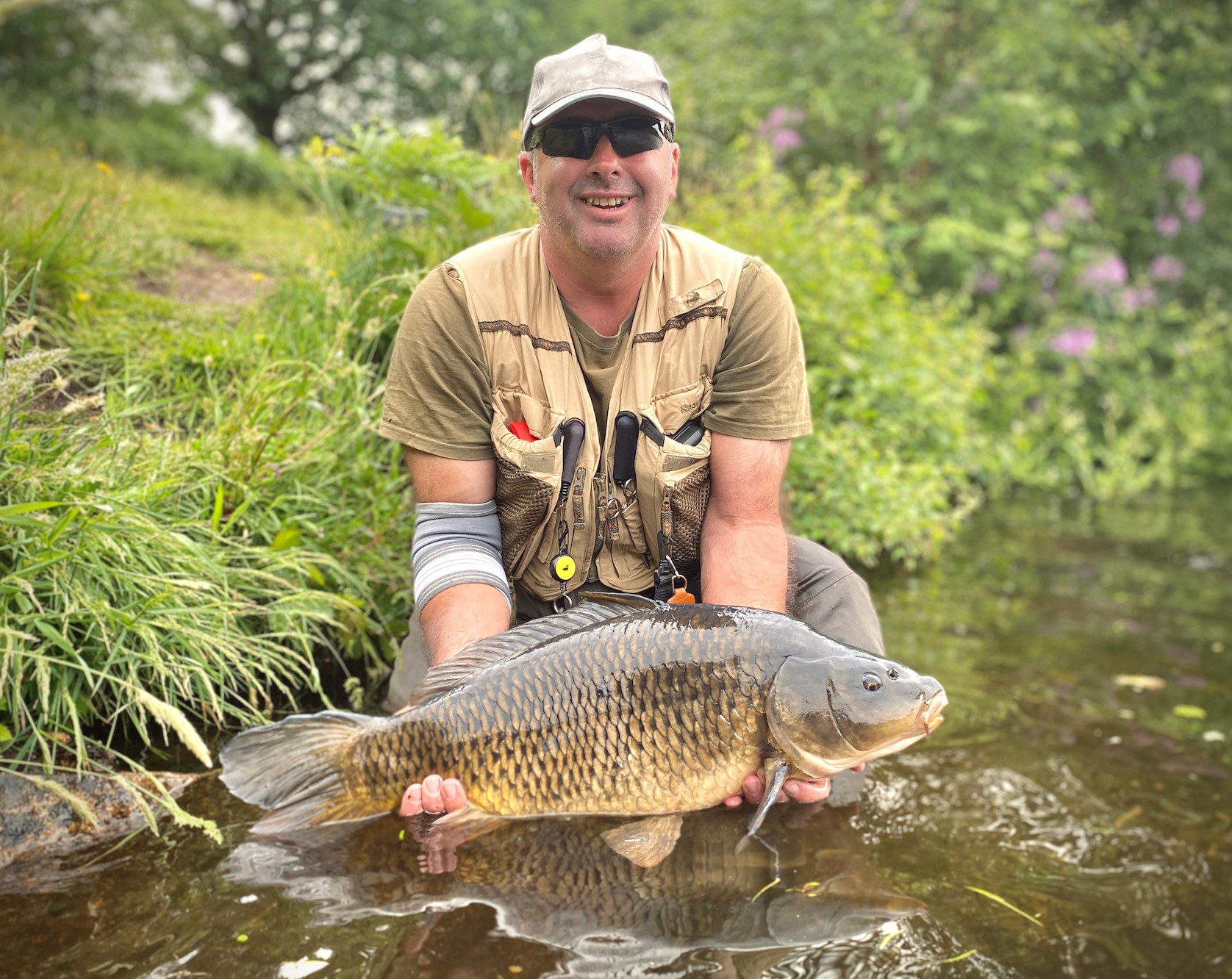
Siblyback – The fishery has now dropped to 92% full, and with plenty of insect activity (Beetles, Damsels, and Sedges) the fish continue to rise freely to feed. Early in the month anglers averaged 3.5 fish per rod, although this fell off as the month progressed with warmer brighter conditions. Two Meadows, Crylla Bay, Stocky Bay, and the North Shore produced the best sport, with plenty of fish being taken on floating lines and dry patterns (Coch-y-bondhu, Bibio, Shipmans Buzzer, Black Hoppers, and Deer Hair sedges), with sub-surface fish being caught on Montanas, Buzzers, and Kate McLarens. Fourteen year old Johnny Moesel (from Okehampton) enjoyed a superb day’s sport, catching nine trout, including a rainbow of 3lb 5oz, another at 3lb, and a lovely wild brownie of 1lb 9oz, using a floating line with a Coch-y-bondhu on the point and a hopper on the dropper, casting to rising fish.
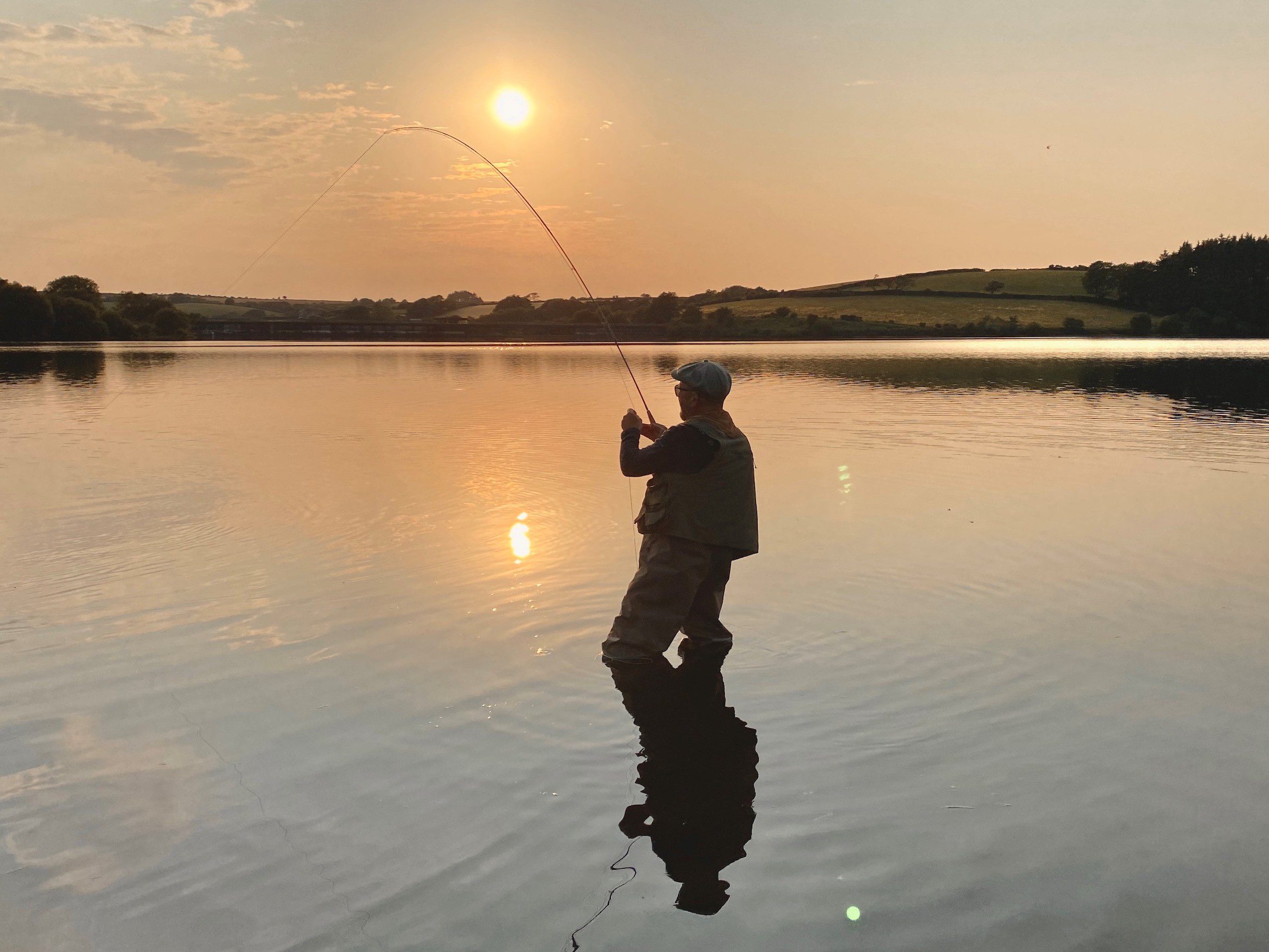
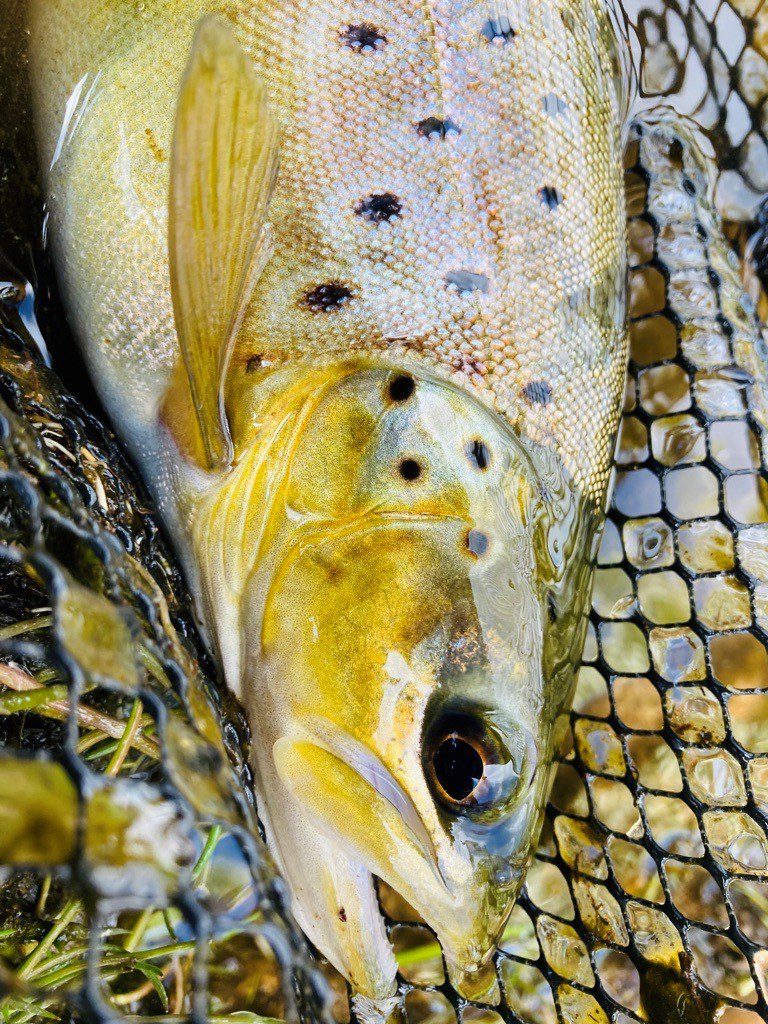
Burrator – During the first two weeks of June anglers averaged two fish per rod, but this tailed off as the month continued. Back Bay, Longstone, Sheepstor, and Pig Trough banks produced the best sport, and with plenty of beetles on the water as well as a good evening rise, fish were feeding eagerly from the surface. Floating lines with a slow figure-of-eight retrieve or washing-line tactics proved to be the most effective methods, with anglers catching fish on a variety of dry patterns (Hoppers, Sedges, Beetles, and Grey Wulff), while sub-surface feeders took Buzzers, Damsel Nymphs, Montanas, Diawl Bachs, and Invictas. Chris Arscott caught a beautiful 3lb 8oz brown using a Diawl Back, floating line and slow retrieve fishing early in the evening, while Roger Prout caught a 3lb rainbow using a Black Top Hat Topper. Simon Stokes (from Horrabridge) caught five rainbows to 2lb 8oz along with one brownie, using a washing line of Buzzers, Crunchers, and rubber beetle.
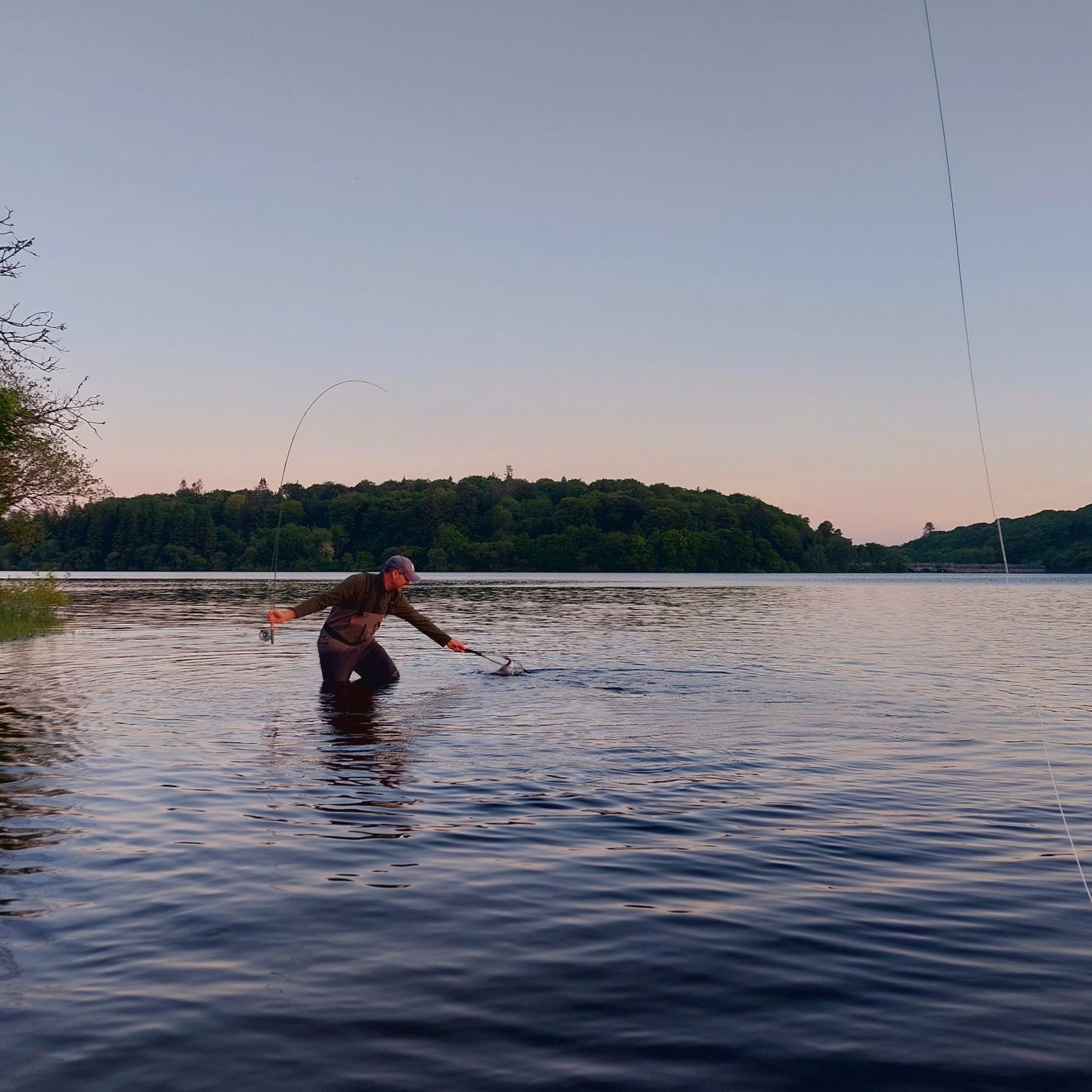
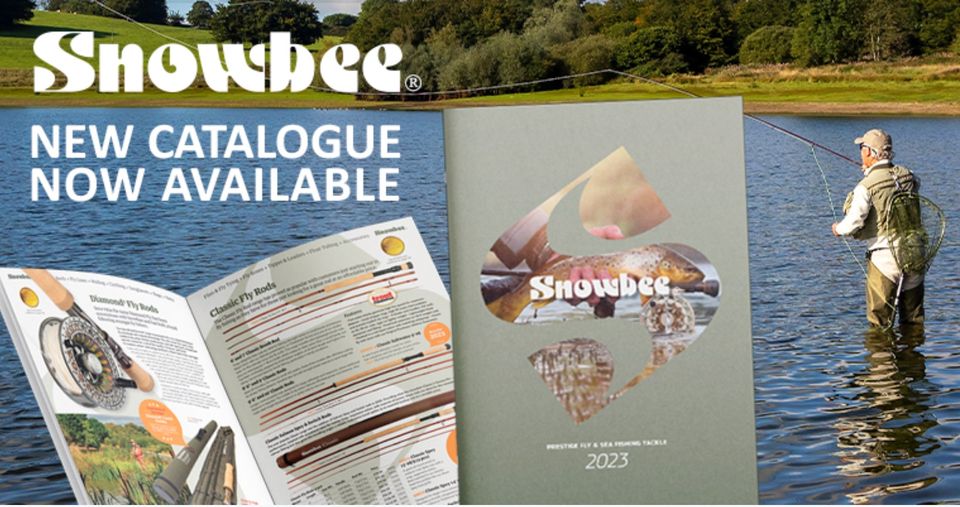
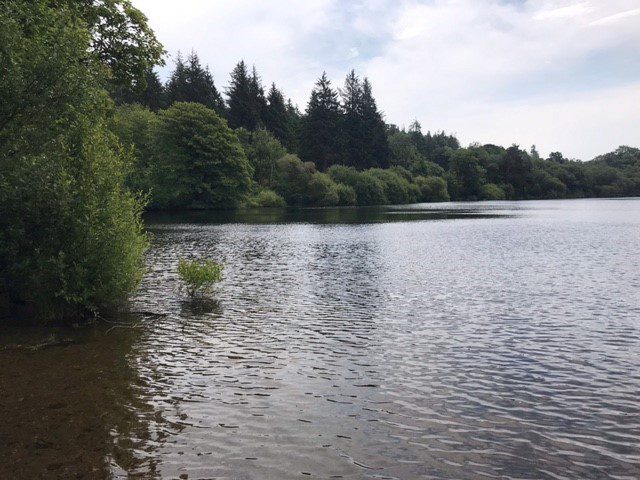
Stithians – Stithians fished fairly consistently throughout the month, with anglers averaging 2.3 fish per rod; fish were well spread out around the fishery, with anglers enjoyed particular success at Mossops, Yellowort, Goonlaze, Hollis Bank and the deeper water by the dam. With plenty of beetles being blown onto the water, fish were keen to look up to feed, and a selection of dry patterns caught fish (Beetles, Sedges, Black Gnats, Hawthorns, and Hoppers); otherwise, sub-surface feeders were taken on nymph patterns (Diawl Bach, Montanas, and Damsels) fished with a floating line. Roger Clark (from Truro) caught four rainbows to 4lb (best fish of the season so far). Simon Peters (from Cusgarne) enjoyed a couple of successful sessions, catching eight rainbows to 2lb and a couple of 10oz browns using dry beetles on one visit, and five rainbows to 2lb on another.
Fernworthy – With beetles in the air, there have been plenty of rising fish throughout the month at Fernworthy, and anglers have averaged 2.3 fish per rod, mainly using a variety of black dry patterns (Hoppers, Hawthorns, Black Gnats) and beetle imitations. Fish have generally been between five and fifteen yards from the shore, with popular banks including Thornworthy, Potters Bank, Boathouse Bay, and the North Bank. Phillip Smith (from Lechlade) caught five browns using a Hopper pattern, while Paul Ackland (from Plymouth) caught 7 browns to 1lb 8oz using a dry foam beetle and pheasant tail nymph.
Colliford – The water level here started to rise, but then receded with the warm dry weather, and is now at 64% capacity; anglers fared well, averaging 4.2 fish per rod over the month, and with beetles about, plenty of floating line and dry fly action. Successful patterns included foam beetles, black hoppers, Bobs Bits, and sedge patterns, with fish well spread out around the fishery – best tactics are to keep on the move to cover as much water as possible, fishing close to the bank, as well as out over the deeper water. Rodney Wevill (from Launceston) enjoyed a successful evening session, catching eight browns on a floating line in the last two hours before dark; Nick Odle (from Looe) caught fifteen browns using a mixture of wets and dries; while Phillip Smith (from Lechlade) caught seven fish to 1lb, mainly on dries and a single hopper.
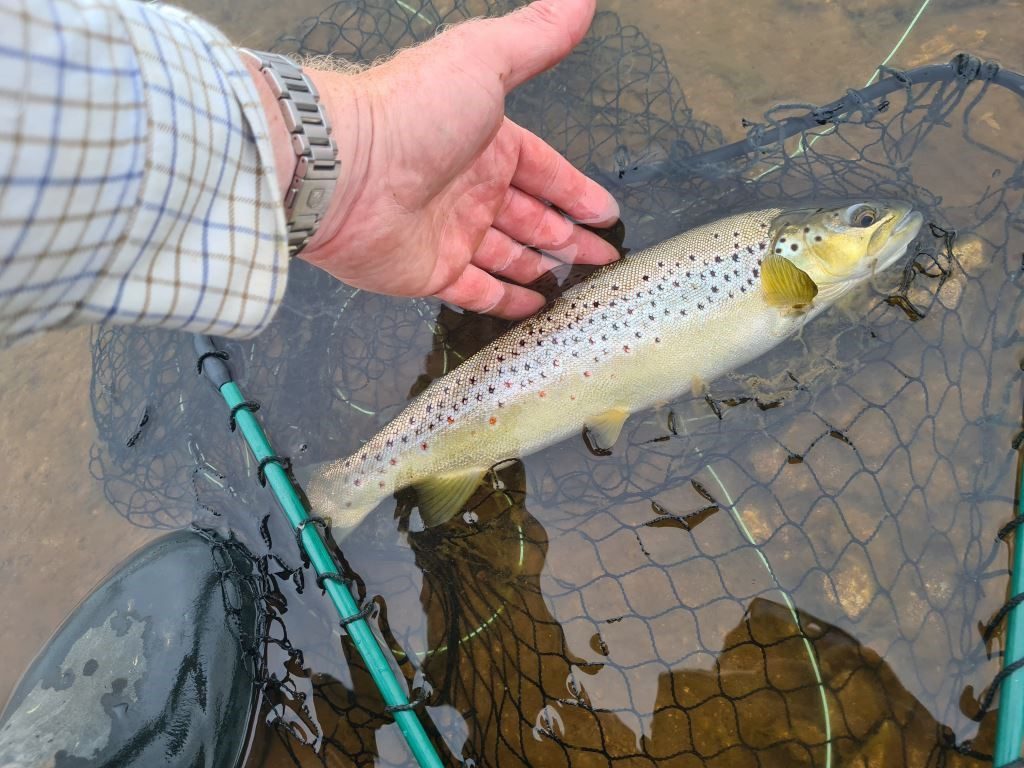
Roadford – Now down to 66% full, the fishing has been challenging at Roadford, with a few fish being caught from Davey’s Bank, East Bank, Goodacre Bay, and over the boils from a boat. There have been a few midge hatches, with the occasional rising fish, but anglers have had more success using intermediate or sinking lines with nymph and lure patterns.
Please see the Trust’s website (www.swlakestrust.org.uk/trout-fishing) for more information on buying tickets, boat availability and booking, and forthcoming events.

